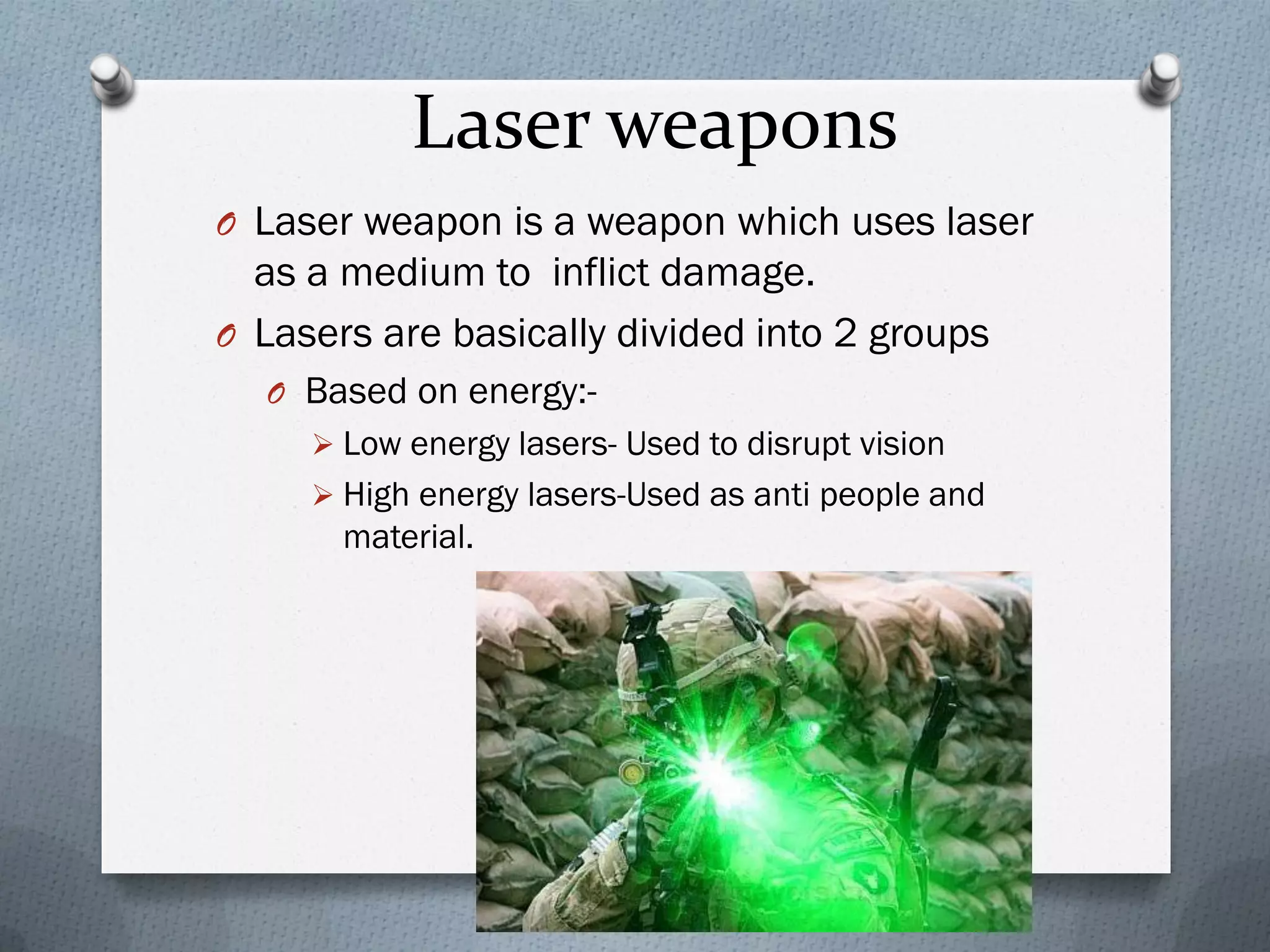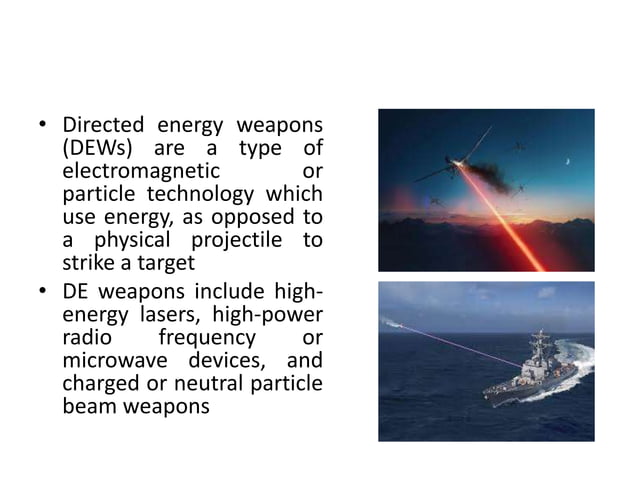How To Detect Directed Energy Weapons At Home

Reports of individuals experiencing unusual physical sensations and health problems they attribute to directed energy weapons (DEWs) are on the rise. These claims, often amplified online, have sparked widespread fear and concern, prompting many to seek ways to detect these alleged attacks within their own homes.
But how much of this should be considered real?
The Quest for Detection: Separating Fact from Fiction
It is important to state clearly that the existence and widespread use of DEWs targeting civilians remain unsubstantiated by government agencies or scientific consensus. The vast majority of claims are rooted in anecdotes and conjecture.
However, the anxiety surrounding the possibility has led many to search for methods to detect these supposed devices and protect themselves.
Understanding Directed Energy Weapons
Directed energy weapons use focused electromagnetic energy, including microwaves, radio frequencies, lasers, or particle beams, to incapacitate, damage, or destroy targets. These weapons are primarily designed for military and law enforcement applications.
Their effects can range from causing temporary disorientation and pain to more serious tissue damage, depending on the intensity and duration of exposure.
According to the U.S. Government Accountability Office (GAO), much of the DEW technology remains classified, making independent verification of civilian claims exceptionally difficult.
Challenging the Detection Process
Detecting DEWs in a domestic environment presents a significant challenge. Unlike traditional weapons, they often leave no physical trace. Most commercially available devices marketed for DEW detection have questionable scientific validity.
Experts caution against relying on unproven technologies and highlight the importance of consulting qualified medical professionals for any unexplained health issues.
Moreover, many symptoms attributed to DEWs can also be caused by other factors, such as electromagnetic interference (EMI) from common household appliances, stress, or underlying medical conditions.
Potential Methods and Their Limitations
While definitive detection methods for DEWs available to the average citizen are practically nonexistent, some approaches are sometimes suggested, albeit with serious caveats.
Electromagnetic Field (EMF) Meters
EMF meters measure the strength of electromagnetic fields in a given area. Some proponents suggest using them to detect unusual spikes in radiation that might indicate a DEW.
However, EMF meters are readily influenced by countless sources of electromagnetic radiation, including cell phones, Wi-Fi routers, power lines, and household appliances. Discerning a DEW signal from this background noise would be nearly impossible without sophisticated signal analysis.
Also, any detected electromagnetic radiation does not indicate or identify the usage of directed-energy weapons.
Radio Frequency (RF) Spectrum Analyzers
RF spectrum analyzers can detect and measure radio frequency signals. While more sophisticated than EMF meters, they require specialized knowledge to interpret the data.
Identifying a DEW signal amidst the dense and complex radio frequency spectrum would require expert analysis and likely still wouldn't confirm the weapon's presence.
Even if one detected a very unusual signal, pinpointing its source and proving its connection to a directed energy weapon would be a major undertaking.
Thermal Imaging Cameras
Thermal imaging cameras detect heat signatures and could potentially identify areas of unusual heat concentration caused by certain types of DEWs. However, these cameras are relatively expensive and prone to false positives.
Many common household sources, like sunlight through a window, appliances, or even body heat, can create thermal signatures that could be misinterpreted.
Furthermore, many types of DEWs do not rely on heat as their primary mechanism.
Monitoring Health Symptoms
Some individuals experiencing what they believe to be DEW attacks report specific symptoms, such as headaches, nausea, tinnitus, burning sensations, and cognitive difficulties.
Keeping a detailed log of these symptoms, including the time, location, and any associated environmental factors, might help identify patterns. However, it is crucial to consult with medical professionals to rule out other potential causes.
Self-diagnosis based on subjective symptoms can be misleading and potentially harmful.
Professional Inspection
Some companies offer environmental testing services for electromagnetic fields and other potential hazards.
While these inspections might identify sources of EMF radiation, they cannot definitively prove the presence of a DEW or its intentional use.
It's important to thoroughly vet these companies and understand the limitations of their services.
The Importance of Skepticism and Critical Thinking
Given the lack of verifiable evidence and the complexities of DEW technology, approaching claims of civilian targeting with a high degree of skepticism is essential. Relying on unverified information and sensationalized accounts can fuel anxiety and lead to misdirected efforts.
If you believe you are experiencing symptoms related to electromagnetic radiation or other unusual phenomena, consult with qualified medical professionals and environmental specialists.
Accurate diagnosis and addressing underlying health concerns are paramount.
Moving Forward: A Call for More Research
While the existence of widespread DEW attacks on civilians remains unsubstantiated, the concerns raised by these claims warrant further investigation. More research is needed to understand the potential effects of electromagnetic radiation on human health and to develop reliable detection methods.
Government agencies and scientific organizations should prioritize research into the effects of various types of electromagnetic energy on the human body.
Open dialogue and transparent information sharing are crucial for addressing public concerns and dispelling misinformation surrounding this complex issue.
Furthermore, enhanced monitoring of the electromagnetic spectrum and the development of standardized measurement protocols could help identify unusual signals and potentially mitigate any potential risks.
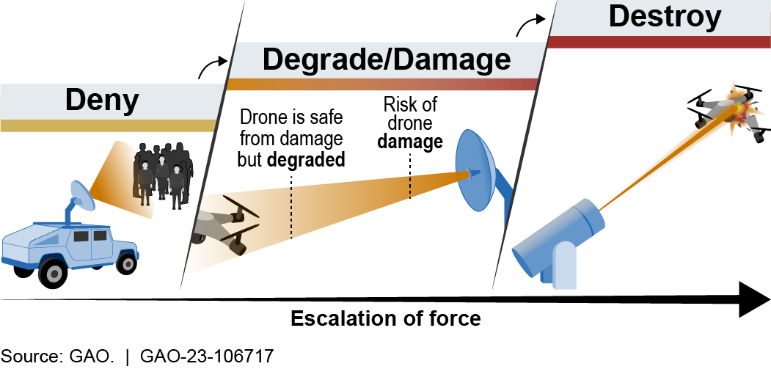

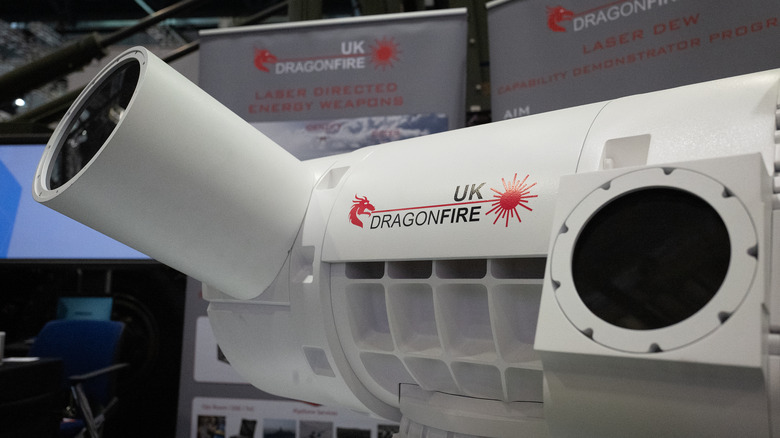
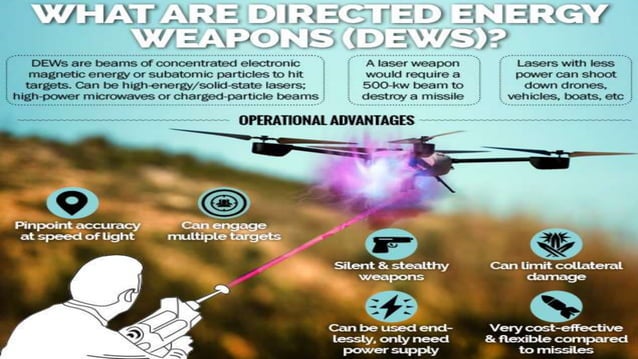
:quality(70)/cloudfront-us-east-1.images.arcpublishing.com/archetype/DOFYNBDOW5CF5PCGFHZUX6GDVI.png)










